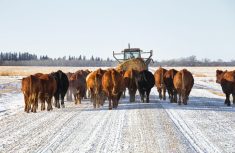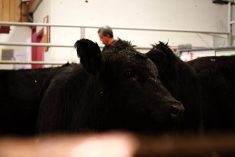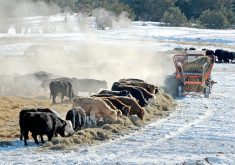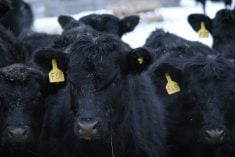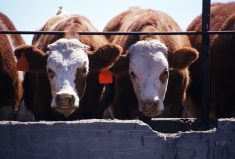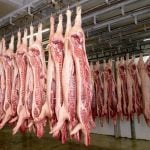Compared to last week, western Canadian feeder cattle markets traded $2 to as much as $6 higher. Moderate to stronger buying interest was noted across the Prairies.
Once again, feedlot operators were fairly aggressive on quality yearling packages; semi-weaned and weaned calves were a solid $3-$5 higher while unweaned lighter calves experienced minimal price appreciation. Buyers shied away from calves that would take more work during the holiday season with most regions experiencing frigid temperatures. Alberta fed cattle prices continue to percolate higher, which embellished price activity for heavier calves and yearlings. Feeding margins have moved into positive territory, which also enhanced demand for shorter keep replacements. Feeder cattle supplies are rather tight this time of year, so buyers were less finicky. In some cases, minimal discounts were noted on fleshier yearlings. The eastern Saskatchewan premium over Alberta eroded late in the week with subdued buying activity from Ontario feedlots.
Read Also
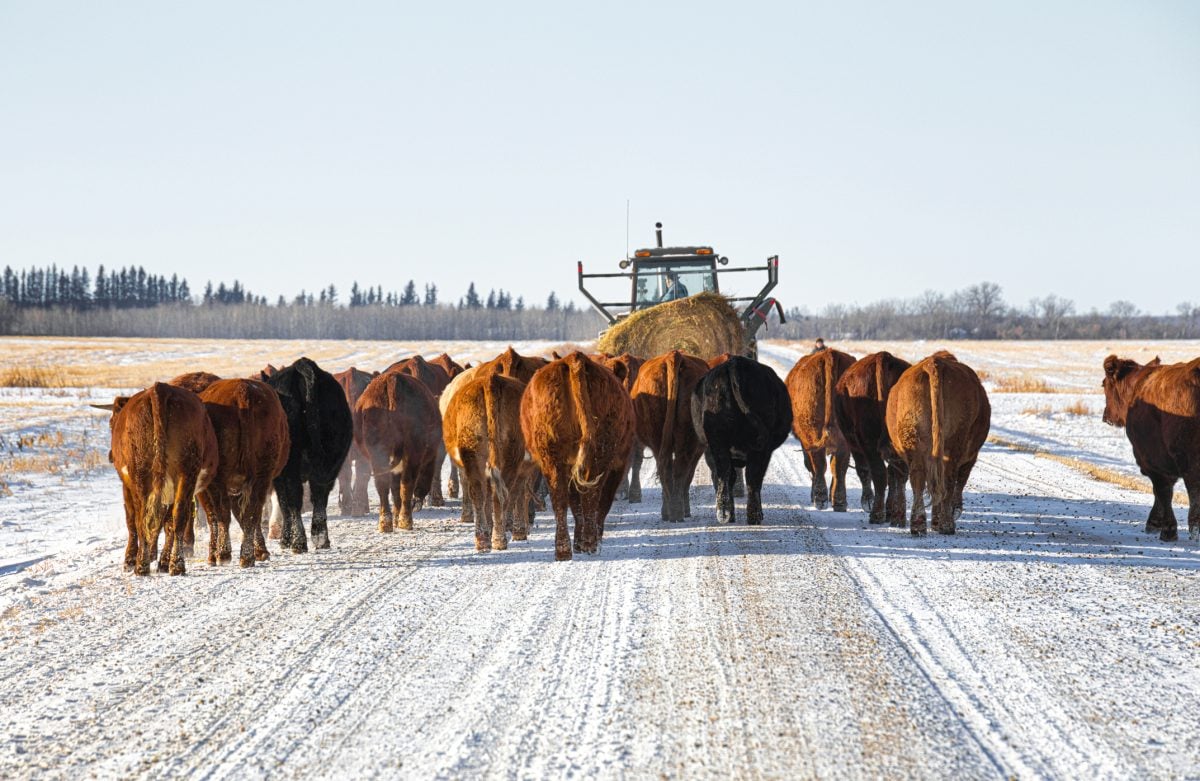
Klassen: Feeder market sees wide price range
For the week ending December 13, Western Canadian feeder cattle markets traded $10 higher to $10 lower compared to seven…
Medium- to larger-frame Simmental-cross fleshier steers weighing just over 900 lbs. sold for $192 in central Alberta while similar-quality heifers averaging 980 lbs. sold for $176. Charolais-cross medium-flesh steer calves averaging 810 lbs. were quoted at $208 in central Saskatchewan. The superfluous premiums have softened since last week but heavier calves continued to bring good value for owners.
There was a larger group of tan 620-lb. semi-weaned calves that sold for $226 in east-central Alberta while smokey heifers averaging just under 600 lbs. were quoted at $201. Feedlot operators paid more attention to the weakness in deferred live cattle futures which appeared to stem the upside in the lighter weight categories. However, there were some features noted. Half a potload of larger-frame black Angus 500-lb. calves were quoted at $254 landed in a southern Alberta feedlot.
Buyers exuded confidence despite the uncertainty moving forward. The Christmas season and improving margin structure provided an optimistic outlook which kept values firm across the Prairies in general.
— Jerry Klassen manages the Canadian office of Swiss-based grain trader GAP SA Grains and Produits Ltd. and is president and founder of Resilient Capital, specializing in proprietary commodity futures trading and market analysis. Jerry consults with feedlots on risk management and writes a weekly cattle market commentary. He can be reached at 204-504-8339.




